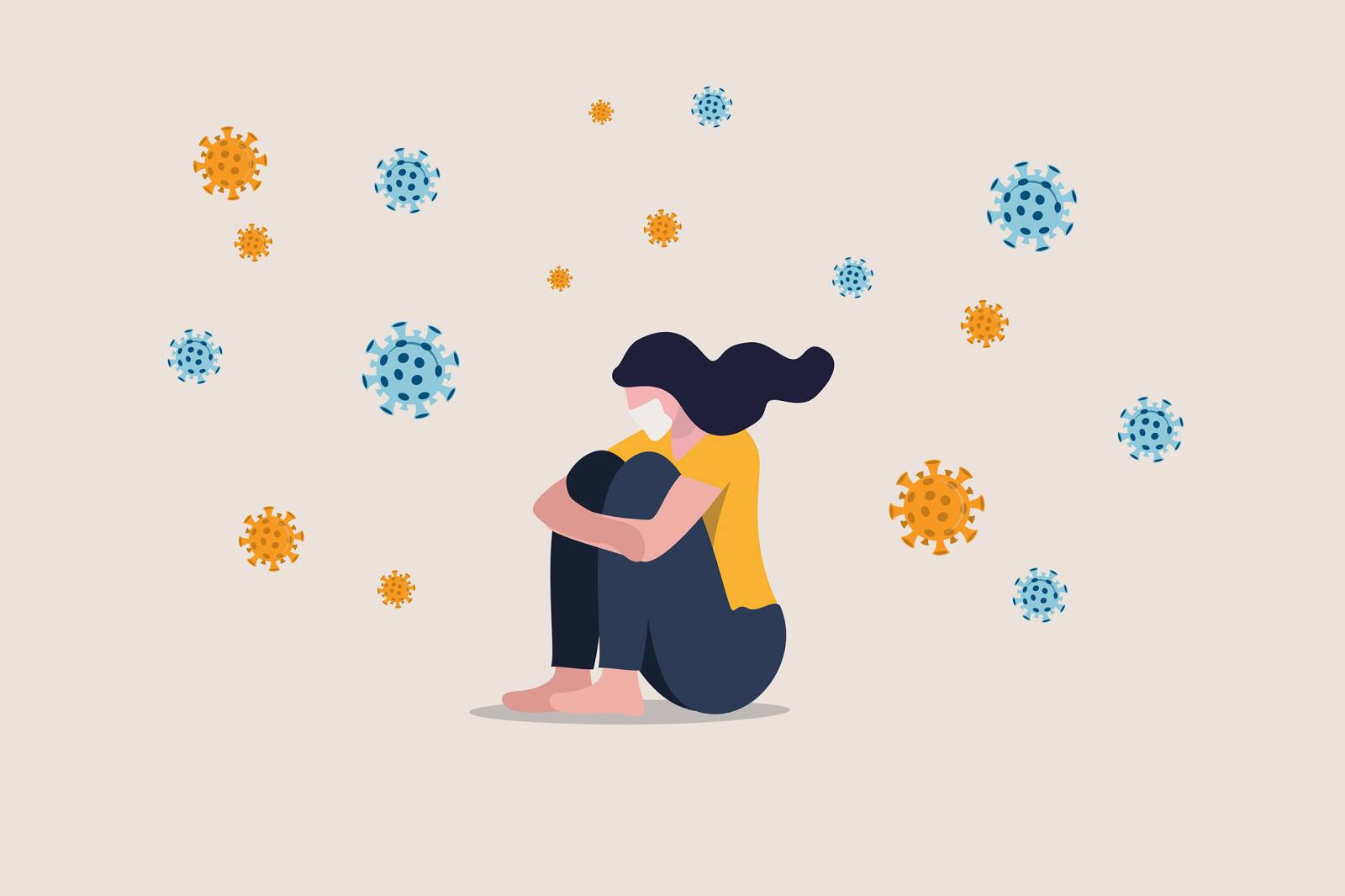I See You By JJ Heller, David Heller, and Andy Gullahorn
I see you The summer sun reflecting off the stream The cardinal is shaking off its wings Near the water Where I wander
I see you The leaves gently lifting in the breeze A little girl with grass stains on her knees Runs to her mother Just to hug her
Every sunset is a stained glass window Every park bench is a pew There’s a sanctuary everywhere that I go When my eyes are open I see you
Standing in a crowded subway train Somehow when I look in every face It feels like family I’m thinking maybe I see you In the people who are begging for their food And the ones who pass them by in business suits Everybody Has your heartbeat
Every sunset is a stained glass window Every park bench is a pew There’s a sanctuary everywhere that I go When my eyes are open
I see the glory of the works Your hands have made I see the beauty in the sinner and the saint
Every sunset is a stained glass window Every park bench is a pew There’s a sanctuary everywhere that I go When my eyes are open When my heart is open I see you, I see you
Uhhhhhhhhhh
Songs are always more than just notes and lyrics
and no matter how hard they try
they usually make you feel
what goes way beyond what you
see or hear. . .
THEY CAN’T BE DIRECTED
on really experienced. . .
 What I find utterly
What I find utterly
A M A Z I N G
is not so much what I see
when I look at
SOMETHING
but what Others see
when we’re looking at the
SAME THING. . .
LOOKING AT THE SAME THING
ISN’T THE MIRACLE. . .
THE MANY THINGS SEEN IN ONE THING
IS. . .












 Hmmmmmmmmmmmmmmmmmmmmmm
Hmmmmmmmmmmmmmmmmmmmmmm










